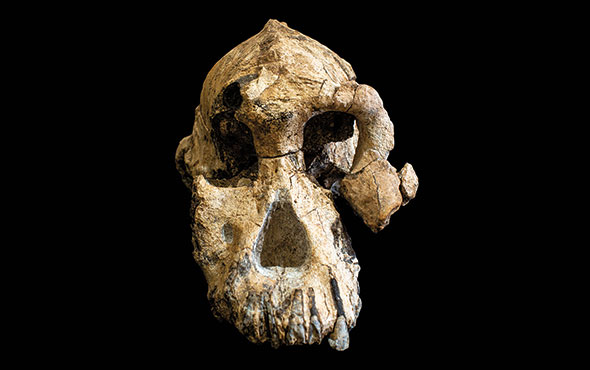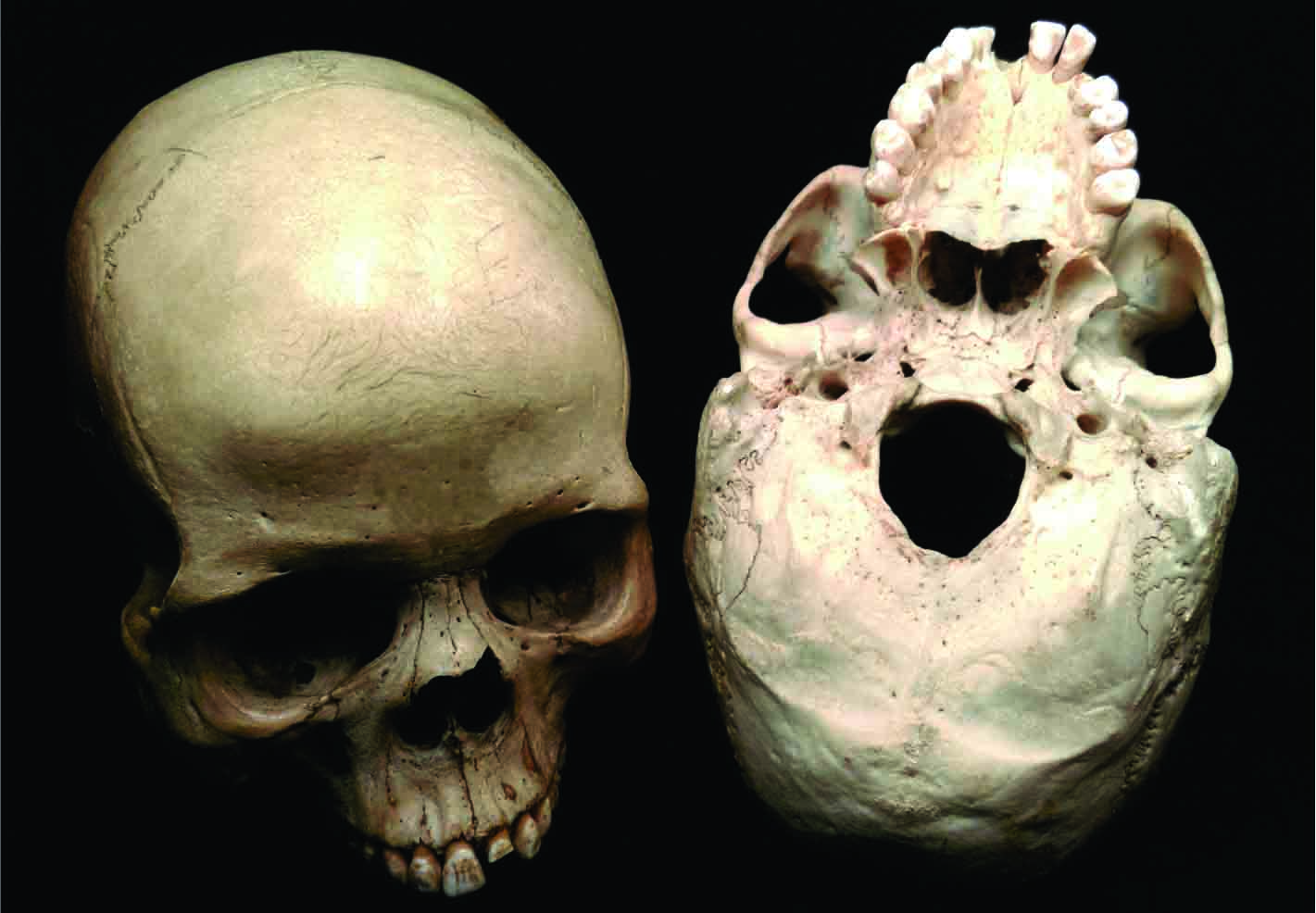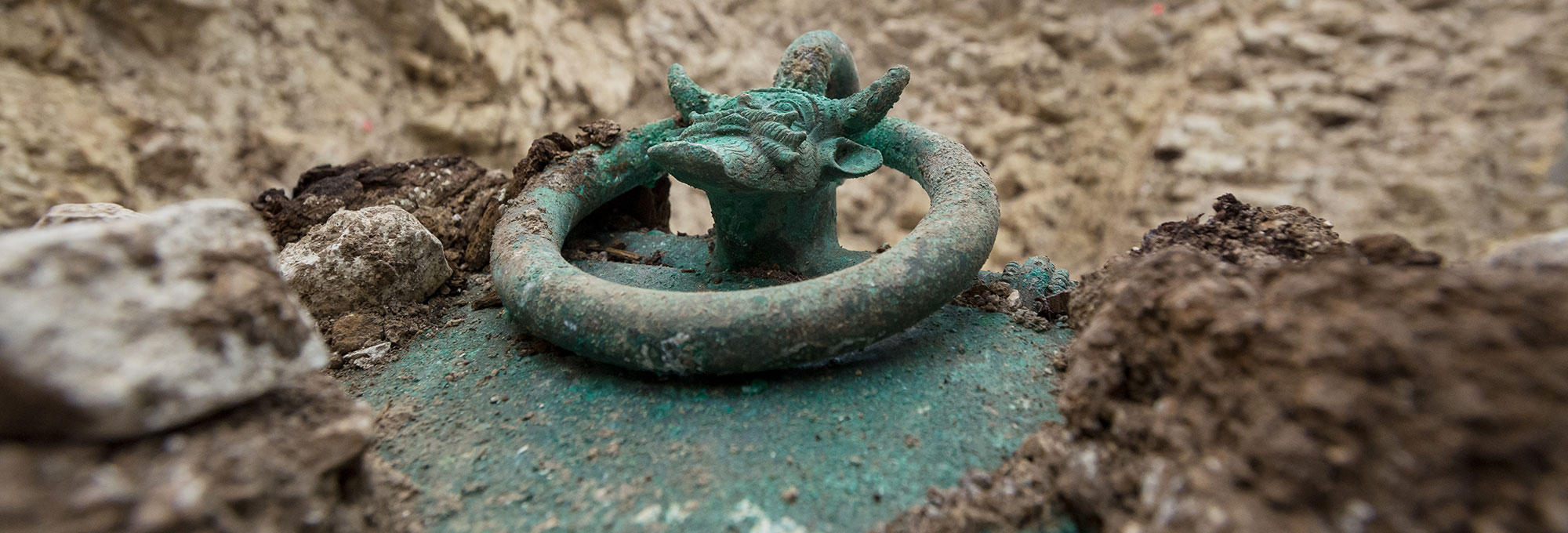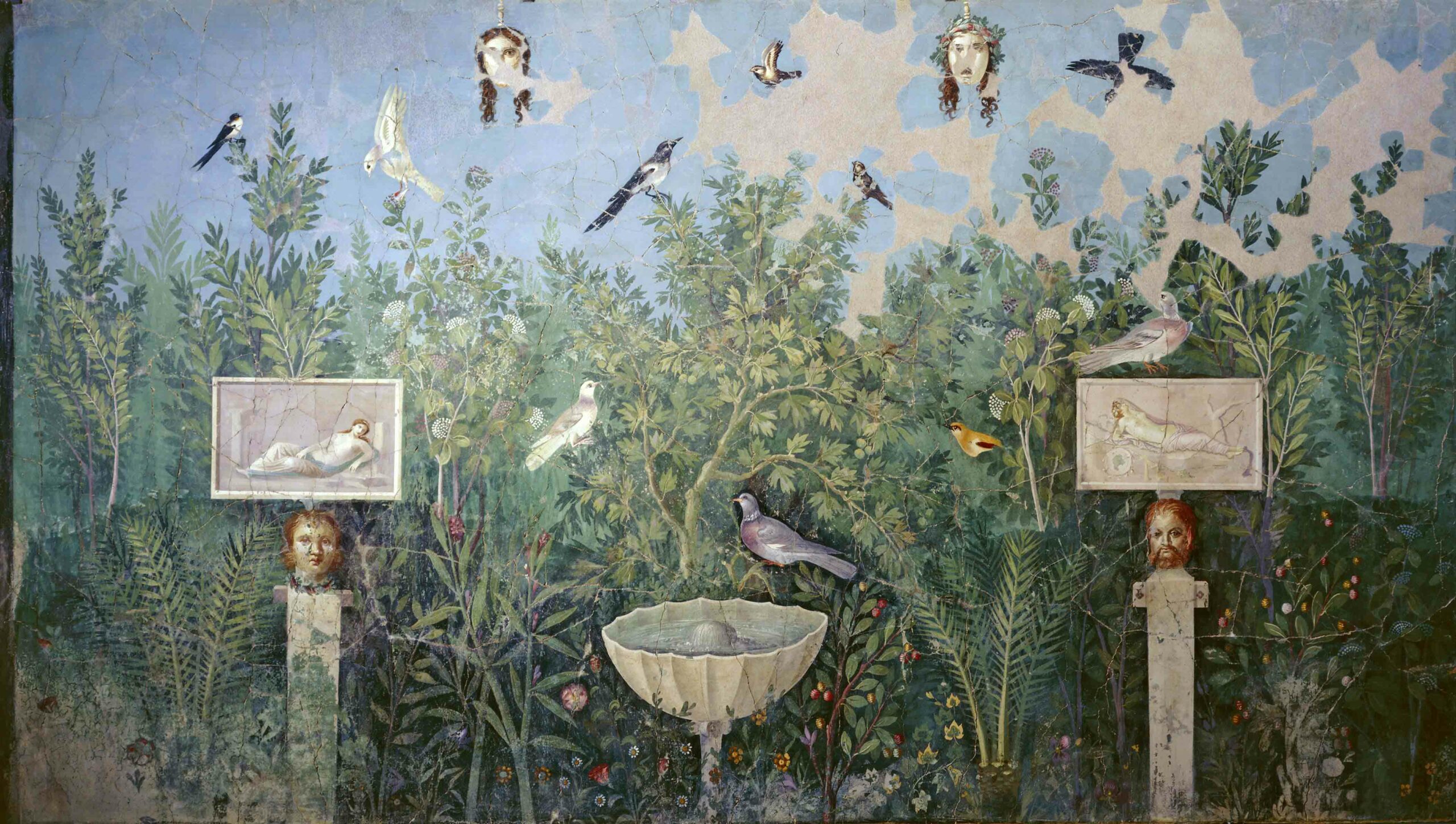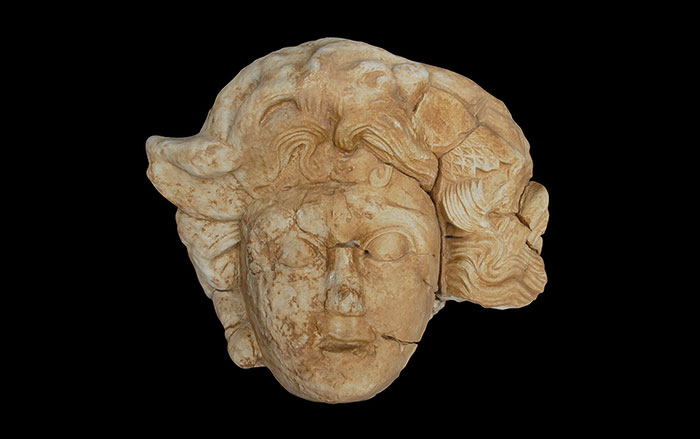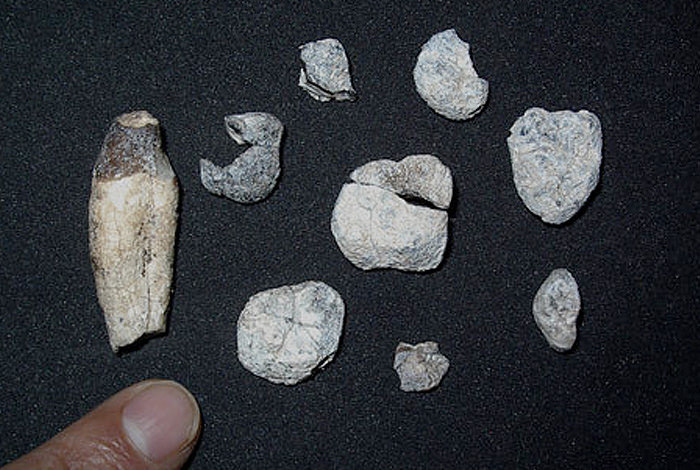
LOS ALAMOS, NEW MEXICO—New dates have been obtained for fossils discovered in Ethiopia’s Chorora Formation. Argon dating and paleomagnetic methods, combined with fieldwork, volcanic ash chemistry, and geochronology, suggest that the nine gorilla-like teeth of Chororapithecus abyssinicus, a common ancestor of apes and humans, are younger than previously thought. “Our analysis of C. abyssinicus fossils reveals the ape to be only eight million years old, younger than previously thought. This is the time period when human and African ape lines were thought to have split, but no fossils from this period had been found until now,” geologist Giday WoldeGabriel of the Los Alamos National Laboratory said in a press release. For more, go to "Cultured Cousins?"


